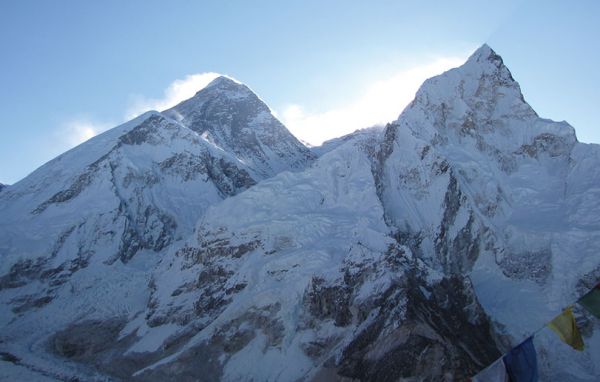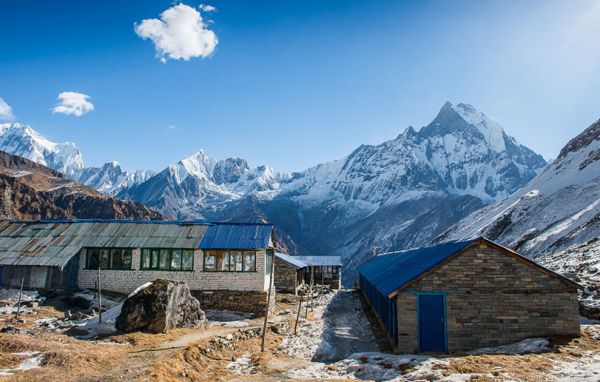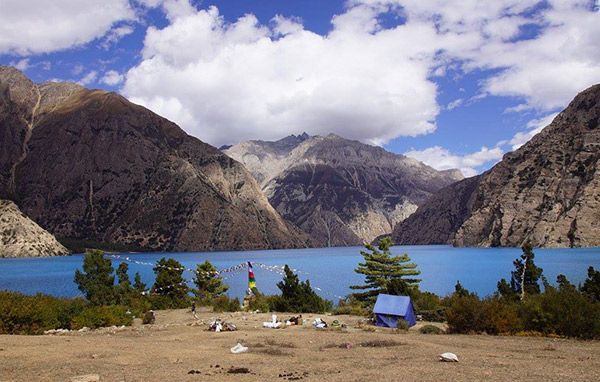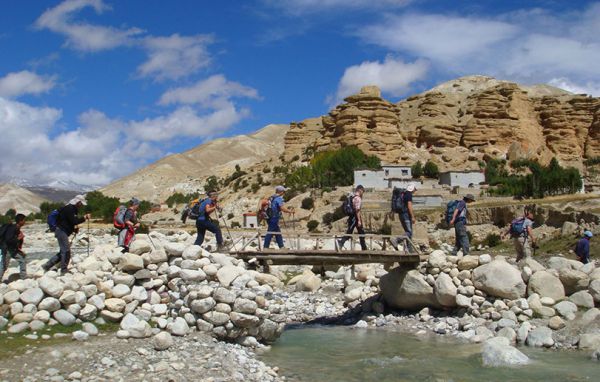Manaslu Tsum Valley Trek takes place in the beautiful and remote Manaslu region, a diverse region of culture, tradition, mountains, and nature. Get off the beaten track and trek the multitude of different landscapes including rugged terrain, rocky ridges, sandy river beaches, waterfalls, suspension bridges and lush green forests. The Manaslu Region is well protected by the Manaslu Conservation Area, which is a gateway to see protected flora and fauna, including endangered species, such as Snow-Leopard.
The Tsum Valley, north east of the Manaslu (mountain of the spirit) trail, was first opened to trekking in 2008. In the Manaslu region, the Tsumbas of the Tibetan origin, speak a unique dialect and still trade to the north. The valley is rich in ancient art, culture and religion. It adds a richly rewarding extension to the Manaslu trek.
A scenic drive through the Middle Hills leads to the trail head beyond Arughat at Soti Khola. The Manaslu Tsum valley trekking trail crosses numerous ridges and villages as it rises to Philim. Here it turns east into the lower, then broader Upper Tsum Valley. Crops grown include barley, maize, buckwheat and potatoes. Look out for Himalayan Tahrs and Bharal (blue sheep); preyed on by the illusive snow leopards.
The view of the snow-capped mountains on this trek is stunning, particularly Mt. Manaslu, the eighth highest mountain in the world. Along with this mountain, there are others, such as Sringi Himal, Himlung, Cheo Peak, Gyagi Kung, Kang Koru and Annapurna II. Along the trail, you will also come across monasteries to visit and admire, as well as reaching a stunning viewpoint of a glacier as you ascend the Larkya La Pass.
The Manaslu Conservation Area is a restricted area that was opened up to the public about 20 years ago. Only a limited number of visitors are allowed to enter each year to maintain the unique culture for generations to come. We are pleased to be able to make all of the necessary arrangements in order to explore this incredible area and preserve the unique Tibetan culture.








